Six Rings, One Tier List
April 15, 2022
Sneaker culture has grown exponentially in the last few years. A staple of sneaker culture is Jordan, specifically Jordan 1-13s as these were the prime of Jordan’s shoes. So today, I present a tier list of all Jordans 1-15 (the last 2 are just because I think they’re funny). The shoes are ranked off of silhouette, overall look, iconography and cultural impact (meaning the colorway is not taken into consideration).
F – In F tier are Jordan 14s and Jordan 15s. This is not really a surprise as 14s and 15s are famously bad shoes. This began the downfall of Jordans as they became pretty bad after 13s. 14s are generally not great, with a basic silhouette and an ugly tongue. 15s are truly a disaster. The sole is too tall, the fabric has a basket weaved-esque texture, and the tongue is uniquely ugly.
D – In D tier are 2s, 8s, 9s and 10s. All these shoes are below average shoes. They could be worse, but are definitely not worth the brand name they wear. 2s are just a little too basic, without a super redeeming quality to talk about. 8s are on the higher end of D tier, but the strap that crosses the tongue pulls this shoe down even though it has a pretty decent silhouette. 9s are also a higher D tier shoe, but like 2s, they just feel too basic, and the connection from the collar to the sole is pretty ugly. 10s are yet another average shoe with one thing dragging it down. 10s are very basic, but the collar is too ugly for it to go any higher.
C – In C tier are 7s and 13s. I personally love 13s, but they are objectively not much better than an average shoe. 13s have a nice silhouette, and I think the risk taken with the dotted body works in some cases, but many colorways just end up being a little ugly, and the soles aren’t great. 13s tend to be decisive, but I like them, so they land here. 7s are hit or miss as well, with a basic silhouette and no major weaknesses, the quality of 7s is really up to the individual. I think they’re too average to move any higher than C tier though.
B – In B tier, we start to see some icons. In this tier are 5s, 6s and 12s. 5s are right on the edge of A and B to me. The question is really in the culture aspect, as they don’t have the same cultural significance as the rest of the shoes on this list. 5s have an ok silhouette but hit on most of the risks taken, especially with the soles. 6s can range from C – B depending on the colorway, but like 5s, most risks hit pretty well, and are once again not a major staple in culture but are still pretty nice.
A – A tier only holds 3s. 3s are in a unique area. They seem similar to most B tier shoes; the difference, however, is in the culture aspect. 3s are far more popular, and black cement 3s are a staple Jordan, which puts them in a tier all on their own.
S – S tier is reserved for only the most elite Jordans: 1s, 11s, and 4s. 4s are a masterclass in balancing a basic silhouette and taking risks that pay off majorly. In addition to this, there are several super iconic colorways that make 4s some of the most popularly worn Jordans. 11s take are a perfect example of how culture affects a shoe. Space Jam lifted the 11s into another realm of popularity; similarly, the ’95-’96 playoffs made these shoes a staple, and it doesn’t hurt that they have a gorgeous sole and upper. Jordan 1s, however, are the perfect mix of cultural impact, risk taking and basic design. At the time they were released, many risks were taken with the design of this shoe, and the culturally massive Michael Jordan struck gold with these. The design is gorgeous, and they have become the most common hype beast shoe, and for good reason.
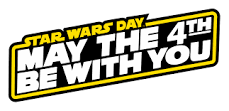
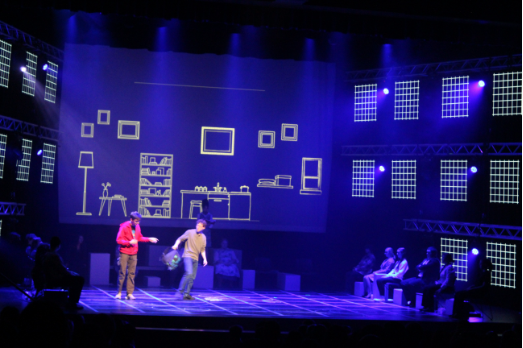

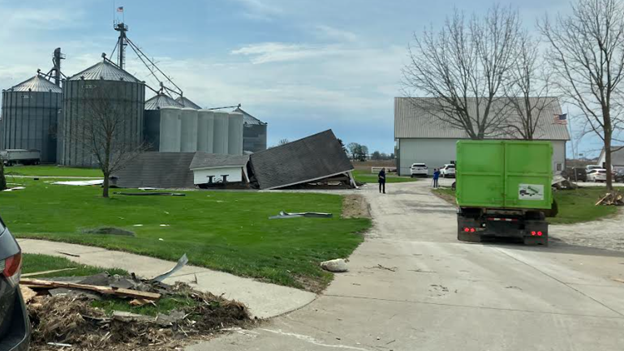





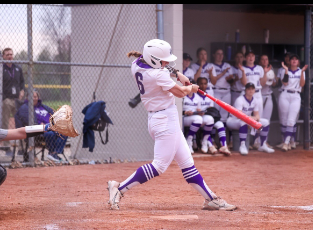


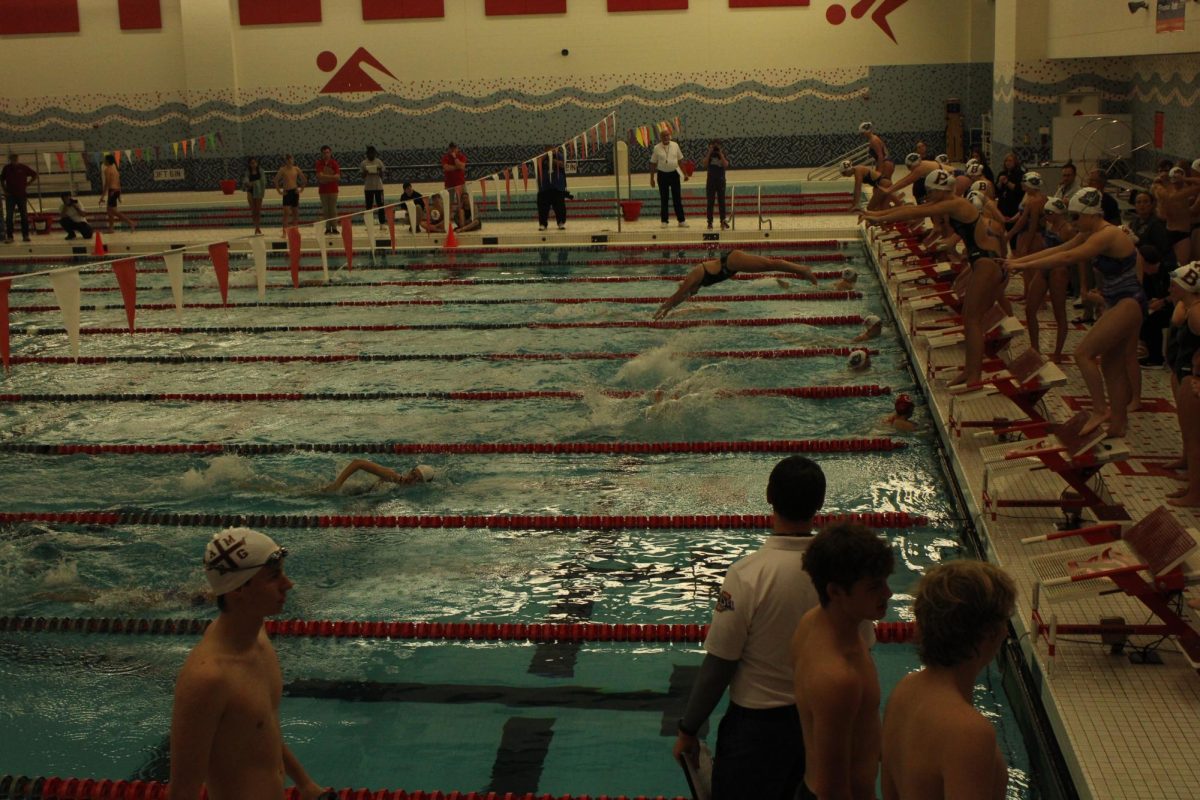


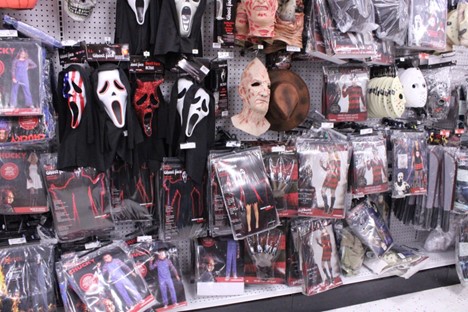



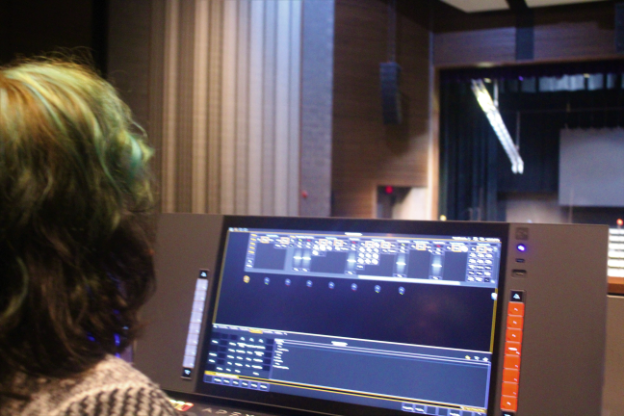
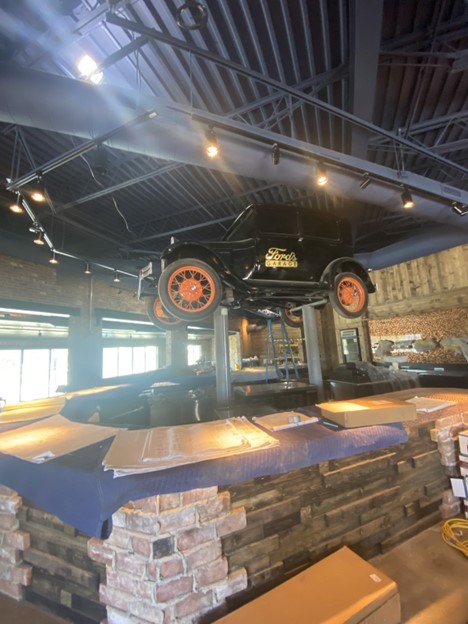


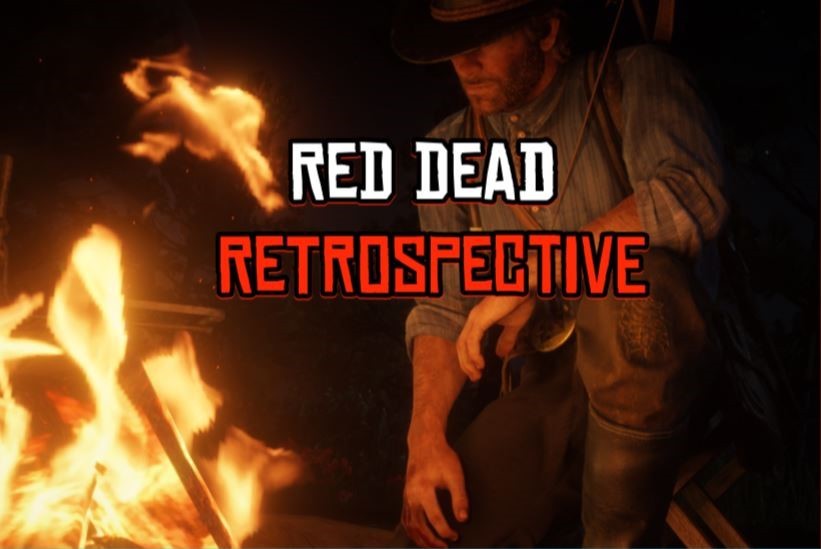




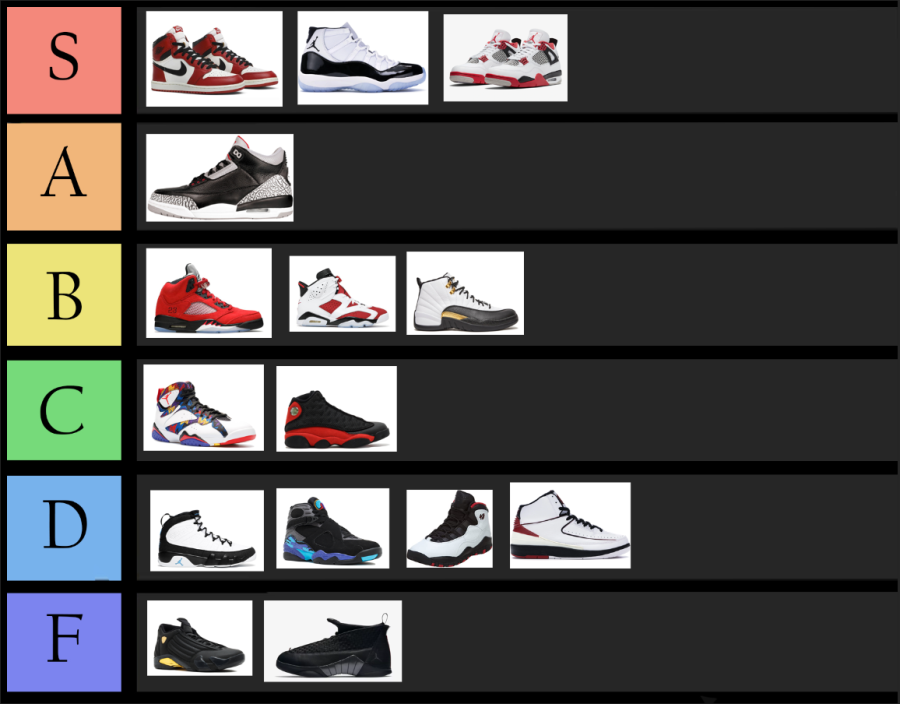
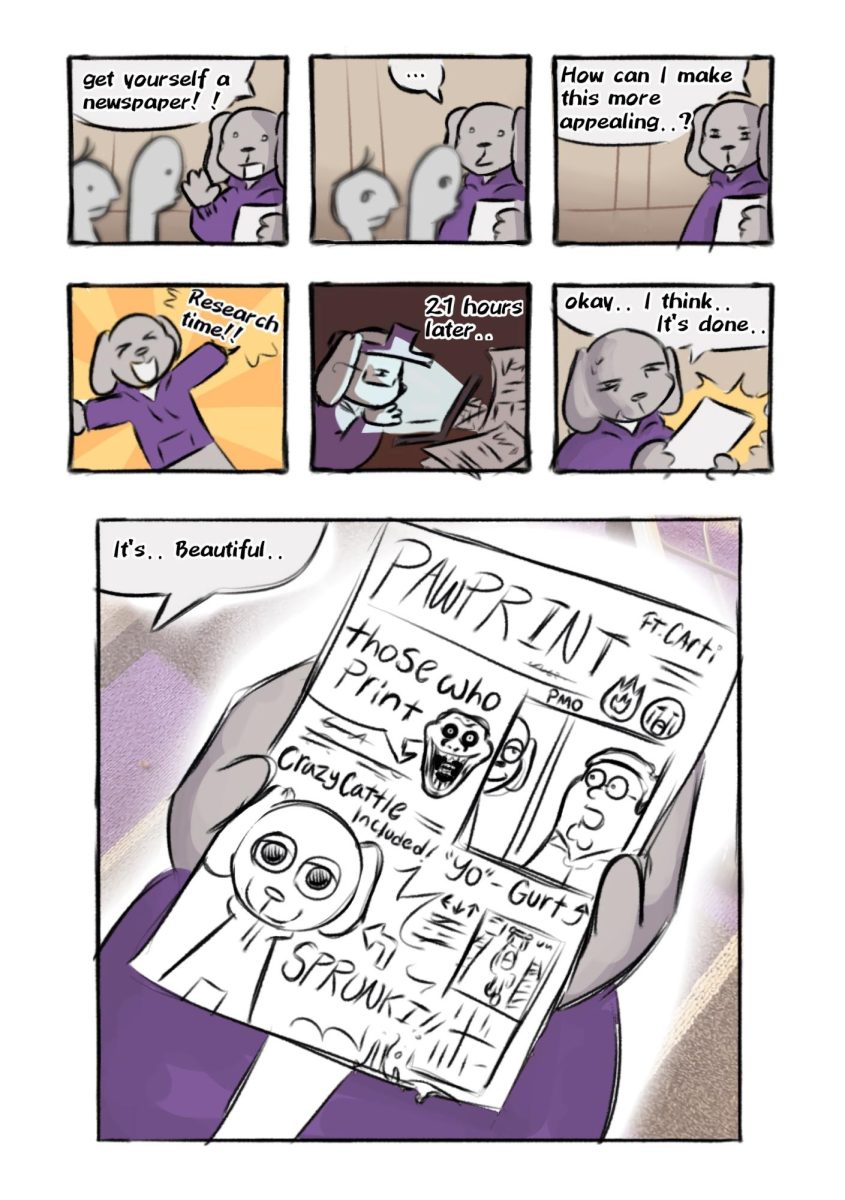
Max • Apr 19, 2022 at 10:30 pm
This is exactly how I would’ve ranked them too